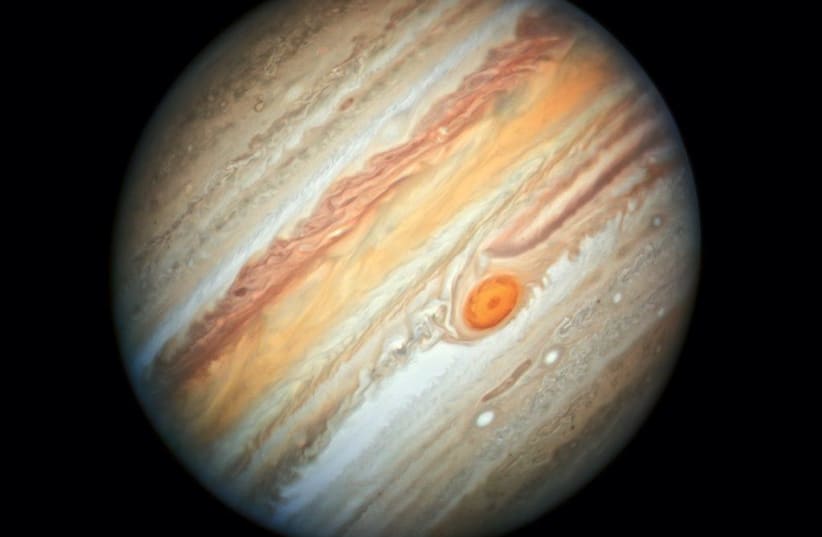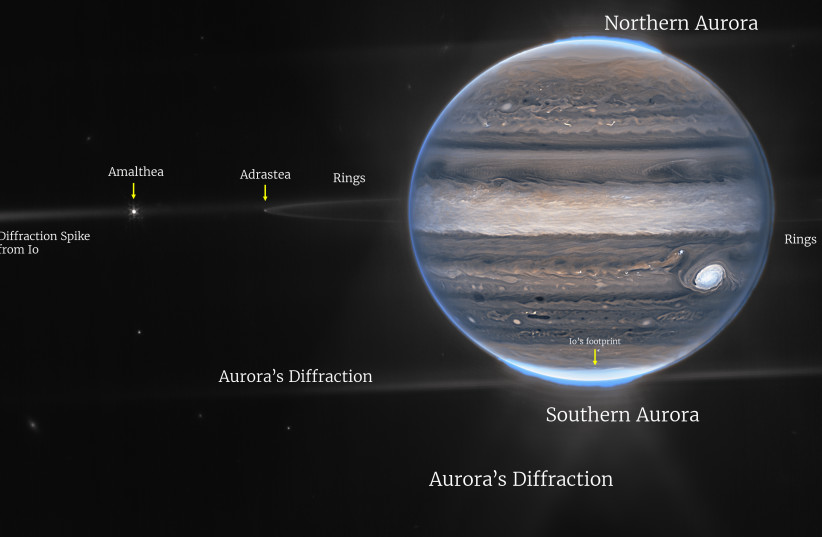Stargazers will be able to view Jupiter - the biggest planet in the solar system - with the greatest viewpoint from Earth in 59 years.
September 26 will see Jupiter reach the closest point to the world in 59 years and weather-permitting people can expect excellent views throughout the day. A good pair of binoculars should be enough to catch some details but NASA said that people will need a large telescope to see the Great Red Spot.
Jupiter’s opposition to the Earth occurs every 13 months, making the planet appear larger and brighter the last time Jupiter was this close to Earth was in 1963, almost six decades ago.
The reason is that Earth and Jupiter do not orbit the Sun in perfect circles – meaning that the planets pass each other at different distances throughout the year.
“Jupiter’s closest approach to Earth rarely coincides with opposition, which means this year’s views will be extraordinary,” NASA said.
“Jupiter’s closest approach to Earth rarely coincides with opposition, which means this year’s views will be extraordinary.”
NASA
How close will Jupiter be to Earth exactly?
At its closest approach, Jupiter will be approximately 367 million miles in distance from Earth, about the same distance it was in 1963. The massive planet is approximately 600 million miles away from Earth at its farthest point.
“With good binoculars, the banding (at least the central band) and three or four of the Galilean satellites (moons) should be visible,” said Adam Kobelski, a research astrophysicist at NASA’s Marshall Space Flight Center in Huntsville, Alabama. “It’s important to remember that Galileo observed these moons with 17th-century optics. One of the key needs will be a stable mount for whatever system you use.

